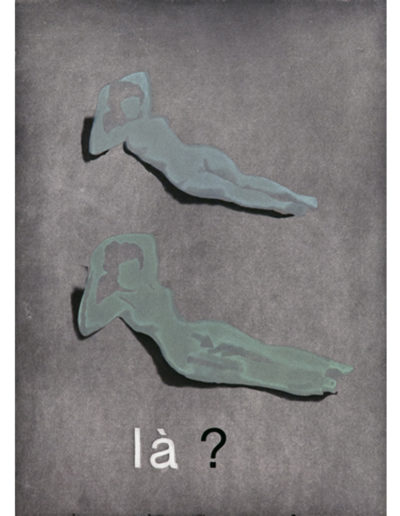The aquatint
Aquatinting is an engraving process popularized during the 18th century, especially in England, where the first aquatints were exhibited in 1772. At the time, it was used to represent landscapes, but it is with the works of Goya that the technique takes a new impetus: the Spanish master uses it for his famous series Los Caprichos or Los Desastres Guerra.
The technique declined in popularity throughout the 19th century, but was eventually reused by French artists at the end of the century, such as Manet, Degas and Pissaro. This resurgence during the 1890s brought back the aquatint, which was used by many artists throughout the 20th century.

Aquatinting is an etching process, which refers to the acid used in the process. In this process, the plate is coated with powder (composed of resin and bitumen), the grains of which are resistant to acid. The plate is prepared, i.e. it is filed, stripped and degreased. It is then covered with a layer of resin to retain the solution applied later.

The plate is covered with the solution using a brush. The coated areas will be bitten with acid to retain the ink and produce the image. The solution should dry for a few minutes before continuing. The plate is coated with varnish. Touch-ups can be made until the varnish layer is uniform.

Once the varnish is dry, the plate is immersed in hot water, which will melt the solution used at the beginning of the process, removing the varnish from certain areas. Once all the solution has dissipated, the plate is removed from the water and soaked in acid (the mordant). The bite is usually quick, and the plate can be regularly removed for retouching with varnish. These retouches will cover certain areas that you no longer want to bite. The plate is cleaned of the various layers of products previously applied, then it is placed on a hot plate to proceed with printing.




